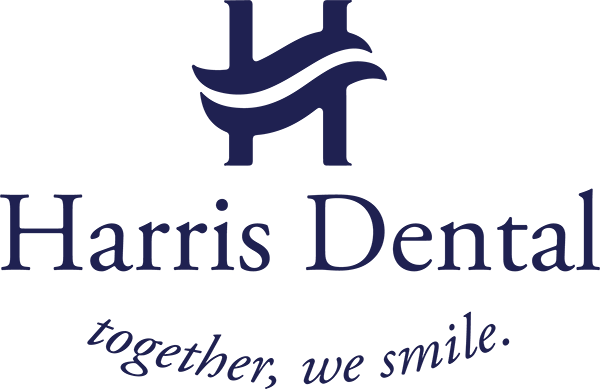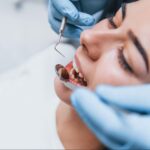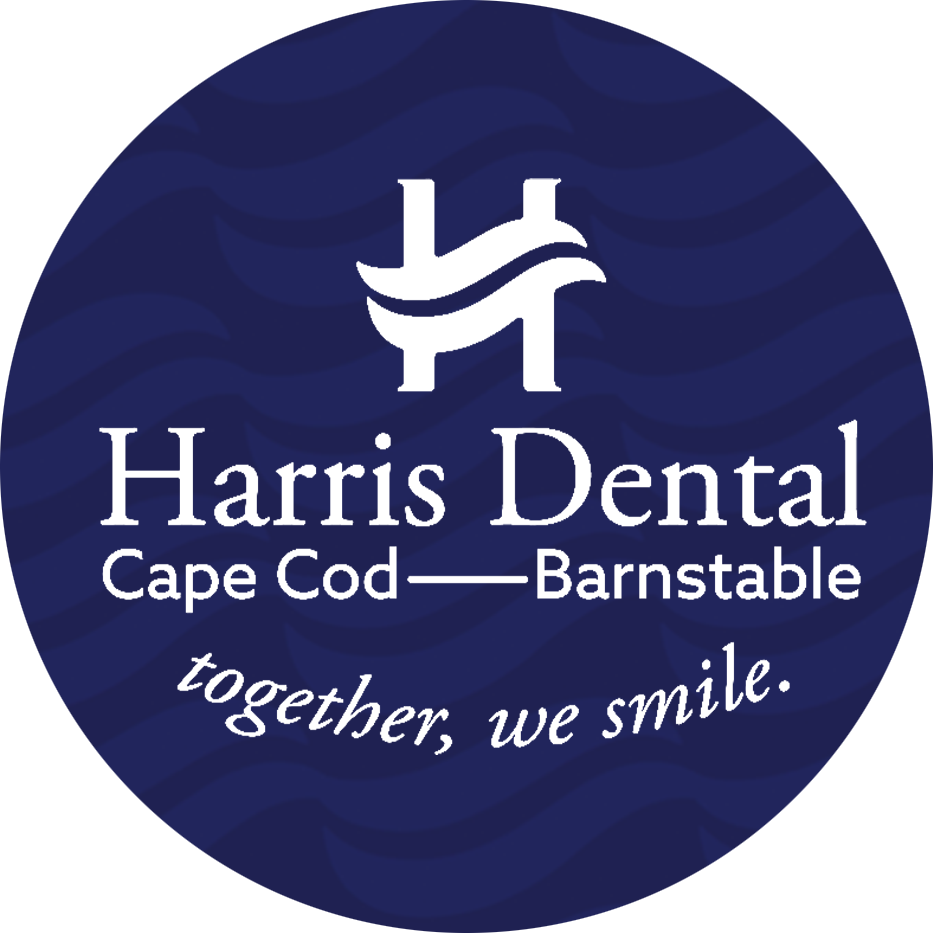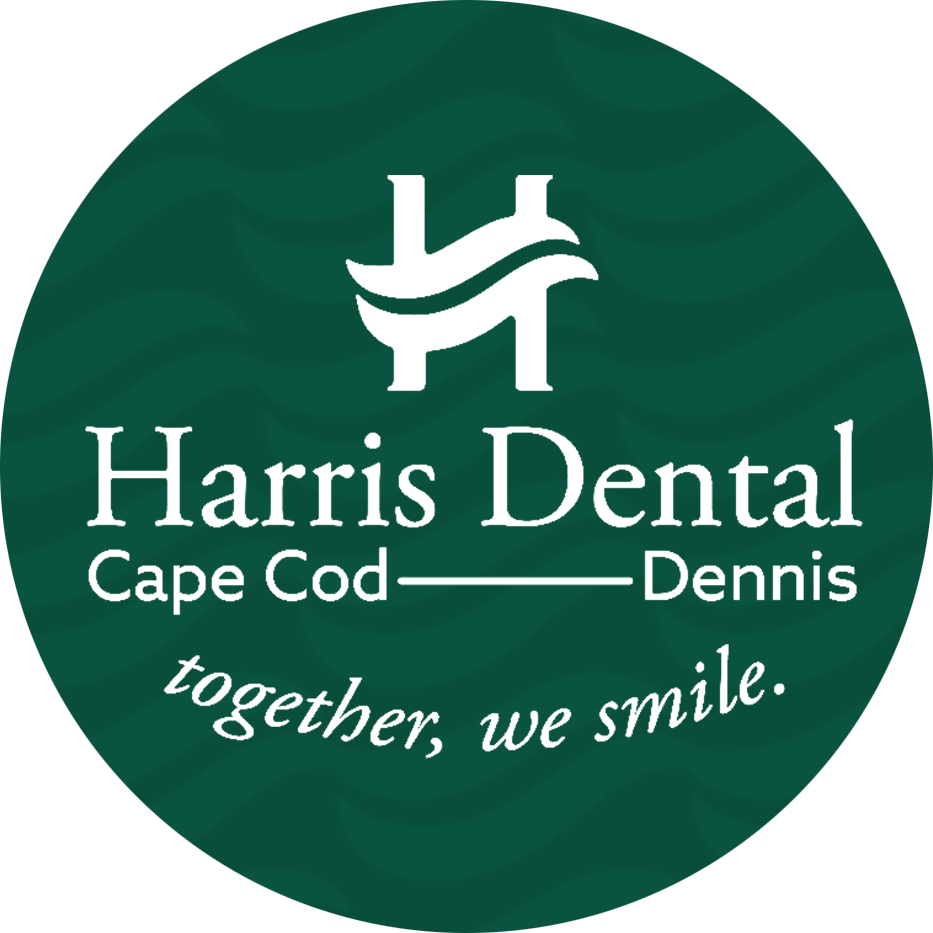Invisalign® aligners offer a modern way to achieve a straighter smile. Keeping them clean is essential for comfort, appearance, and oral health. Improper cleaning can lead to bacterial buildup and stains on the aligners. A regular cleaning routine helps maintain aligner transparency and prevents bad breath. Consistent cleaning ensures your Invisalign® experience is as effective and pleasant as possible.
Benefits of Cleaning Invisalign® Regularly
Invisalign® aligners work best when they are clean and clear. Regular cleaning enhances their appearance, improves oral hygiene, and prevents odor. Here are the key benefits of maintaining a proper Invisalign® cleaning routine:
Maintaining Oral Health
Keeping aligners clean can significantly reduce bacteria buildup in the mouth. When aligners harbor bacteria, it contributes to plaque buildup and potential gum issues. A clean aligner ensures you don’t introduce additional bacteria when wearing them, protecting your oral health.
Preserving Aligners’ Transparency
Invisalign® aligners are famous for their near-invisible look but can become cloudy if not cleaned regularly. Proper cleaning prevents discoloration, keeping the aligners clear and less noticeable. Regular maintenance preserves the aligners’ natural transparency, allowing you to smile confidently.
Preventing Odor and Discoloration
Aligners can trap food particles and bacteria, leading to foul odors if not cleaned frequently. Regular cleaning helps to keep aligners odor-free and prevents stains from food and drink. This way, you avoid embarrassing smells and maintain the freshness of your aligners.
Proper Methods for Cleaning Invisalign®
Cleaning Invisalign® requires careful attention to avoid damaging the aligners. Proper cleaning ensures that the aligners stay in good condition throughout the treatment. Here are some practical and safe ways to keep your aligners clean:
Using a Soft Toothbrush and Clear Soap
A soft toothbrush combined with clear, non-scented soap is ideal for cleaning Invisalign®. Gently scrubbing the aligners prevents scratches and keeps them clear without leaving a residue. Avoid hard-bristled brushes that can damage the aligners or scented soaps that can leave an unpleasant taste.
Utilizing Invisalign® Cleaning Crystals
Invisalign® cleaning crystals provide a deeper clean by dissolving bacteria and stains. They are designed specifically for aligners, making them a safe and effective choice. Using these crystals lets you keep your aligners spotless and reduce any buildup that might occur over time.
Rinsing With Lukewarm Water
Rinsing aligners with lukewarm water is a simple yet essential step in daily aligner care. It removes saliva, bacteria, and surface debris, providing a quick clean. Avoid hot water, which can warp the aligners, affecting their fit and effectiveness.
Mistakes to Avoid When Cleaning Invisalign®
Improper cleaning techniques can lead to damaged aligners and reduced effectiveness. Avoiding common mistakes can help prolong the life of your aligners and maintain their appearance. The following are the mistakes to steer clear of when cleaning Invisalign®:
Avoiding Hot Water
Hot water may seem an excellent way to disinfect aligners, but it can warp them. Warped aligners can no longer fit correctly, compromising the treatment’s effectiveness. Always use lukewarm or cold water to maintain the aligner’s shape and function.
Not Using Colored Soaps or Toothpaste
Colored or abrasive toothpaste and scented soaps can stain the clear aligners. Abrasive toothpaste can scratch the aligner surface, while colored soaps leave visible stains. Opt for precise, non-abrasive products to keep aligners clean without affecting their transparency.
Neglecting Regular Cleaning
Skipping aligner cleaning for even a day can lead to bacterial buildup and foul odor. Consistency is crucial to prevent plaque accumulation and germs that could harm oral health. Regularly cleaning your aligners ensures they remain fresh and comfortable to wear.

How to Deep Clean Invisalign®
Deep cleaning keeps Invisalign® aligners fresh and free from tough stains. Weekly or biweekly deep cleaning can remove stubborn debris and prolong the aligners’ lifespan.
Vinegar and Water Solution
A vinegar and water solution is a natural and safe way to remove buildup on aligners. Mix equal vinegar and water, then soak the aligners for about 15 minutes. Rinse thoroughly afterward to remove the vinegar taste and ensure a fresh feel when reinserted.
Baking Soda and Water Paste
Baking soda is another gentle yet effective cleaner for aligners. Creating a light paste with water helps to scrub away odors and minor stains without scratching the aligners. Rinse the aligners thoroughly after baking soda to keep them fresh and residue-free.
Using Retainer Cleaning Tablets
Retainer cleaning tablets are convenient and practical for deep cleaning. They dissolve in water, creating a cleaning solution that eliminates bacteria and grime. Soaking aligners in this solution can help restore their transparency and freshness.
Maintaining Invisalign® When Not in Use
Properly storing and handling Invisalign® aligners when not in use can protect their quality and prevent bacteria buildup. Simple habits can make a significant difference in keeping the aligners clean and intact.
Storing in an Aligner Case
A designated aligner case prevents exposure to dirt and germs when the aligners are not in use. This case also protects the aligners from accidental loss or damage. Keeping aligners in a closed case maintains hygiene and makes them easier to find.
Avoiding Exposure to Sunlight
Direct sunlight can degrade the aligner material and cause warping over time. Exposing aligners to excessive heat from sunlight or hot surfaces may also affect their effectiveness. Keep your aligners in a shaded or cool place to maintain their quality.
Rinsing Before and After Storage
Rinsing aligners before storing them and again before putting them back on helps to remove any bacteria that may accumulate. This quick rinse keeps the aligners clean and prevents any buildup during storage. Regular rinsing also reduces the chances of bacteria-related odors.

Aligner Cleaning Products to Avoid
Not all cleaning products are safe for Invisalign® aligners. Some products can cause discoloration, damage the material, or leave a residue that affects comfort. Here are a few products you should avoid:
Mouthwash With Alcohol or Strong Colors
Alcohol-based or colored mouthwashes may seem like an easy cleaning solution, but they can damage the aligner material. Alcohol can cause the aligners to dry out, and colored mouthwashes can stain them. It’s best to rinse aligners with water or use an aligner-specific cleaner.
Harsh Toothpaste and Whitening Agents
Toothpaste with whitening or abrasive ingredients can scratch the aligners, making them appear cloudy. These scratches can also trap bacteria, affecting their look and cleanliness. Instead, stick to mild, clear soap for brushing your aligners.
Denture Cleaning Solutions
Some assume denture cleaners are safe for aligners but can be too harsh. Denture cleaners may contain ingredients unsuitable for clear plastic, causing cloudiness or distortion. Invisalign®-approved products are the best choice for maintaining aligner clarity and shape.
Tips for Traveling With Invisalign®
Traveling with Invisalign® requires a bit of preparation to maintain your cleaning routine. Keeping aligners clean while on the go can prevent unwanted odors and stains. These travel tips will help keep your aligners fresh wherever you go:
Carry a Travel-Sized Cleaning Kit
A small kit with a soft toothbrush, clear soap, and aligner case can simplify on-the-go cleaning. Having these items handy ensures you can maintain your routine even when away from home. Cleaning your aligners while traveling prevents buildup and keeps them fresh.
Bring Extra Cleaning Crystals or Tablets
Packing extra cleaning crystals or tablets is helpful for longer trips. These products provide a quick, deep clean that’s easy to do anywhere. Using them a few times a week while traveling ensures aligners stay bacteria-free and odorless.
Use a Backup Aligner Case
A second aligner case can be helpful in case you misplace or damage the primary one. An aligner case protects your aligners from dirt and bacteria, so having an extra one keeps you prepared. This way, your aligners stay safe even if you lose your primary case.
The Impact of Improper Cleaning on Invisalign® Effectiveness
Proper aligner care isn’t just about appearance; it also affects how well your Invisalign® works. Missteps in cleaning can alter the fit, delay treatment, and impact oral health.
Warped Aligners Affect Fit
When exposed to hot water, aligners can lose their precise shape. A misaligned fit disrupts the gentle pressure needed to move teeth effectively. Protecting the aligner’s shape ensures your treatment remains on track without delays.
Increased Risk of Gum Issues
Poorly cleaned aligners can harbor bacteria that lead to gum irritation or inflammation. Bacteria from aligners can spread to your gums, potentially causing discomfort or infections. Keeping aligners clean minimizes bacterial exposure, keeping your gums healthy throughout treatment.
Prolonged Treatment Time
Damaged or poorly fitting aligners may need replacement, leading to treatment delays. Proper care ensures that each aligner fits as designed, avoiding unnecessary replacements. Clean, undamaged aligners support smooth progress toward a straighter smile.
Keep Your Invisalign® Clean and Clear
Keeping your Invisalign® aligners spotless isn’t just about maintaining appearances; it’s about embracing a routine that supports your smile and health throughout this transformative process. You’re investing in faster, more comfortable results by dedicating a few moments daily to cleaning and caring for your aligners. Start today with simple, consistent habits that make each aligner tray as fresh as the first, ensuring your Invisalign® journey is as seamless, confident, and rewarding as your future smile.
Visit our Harris Dental Cape Cod blog for expert advice on Invisalign® care and a healthy, confident smile.










